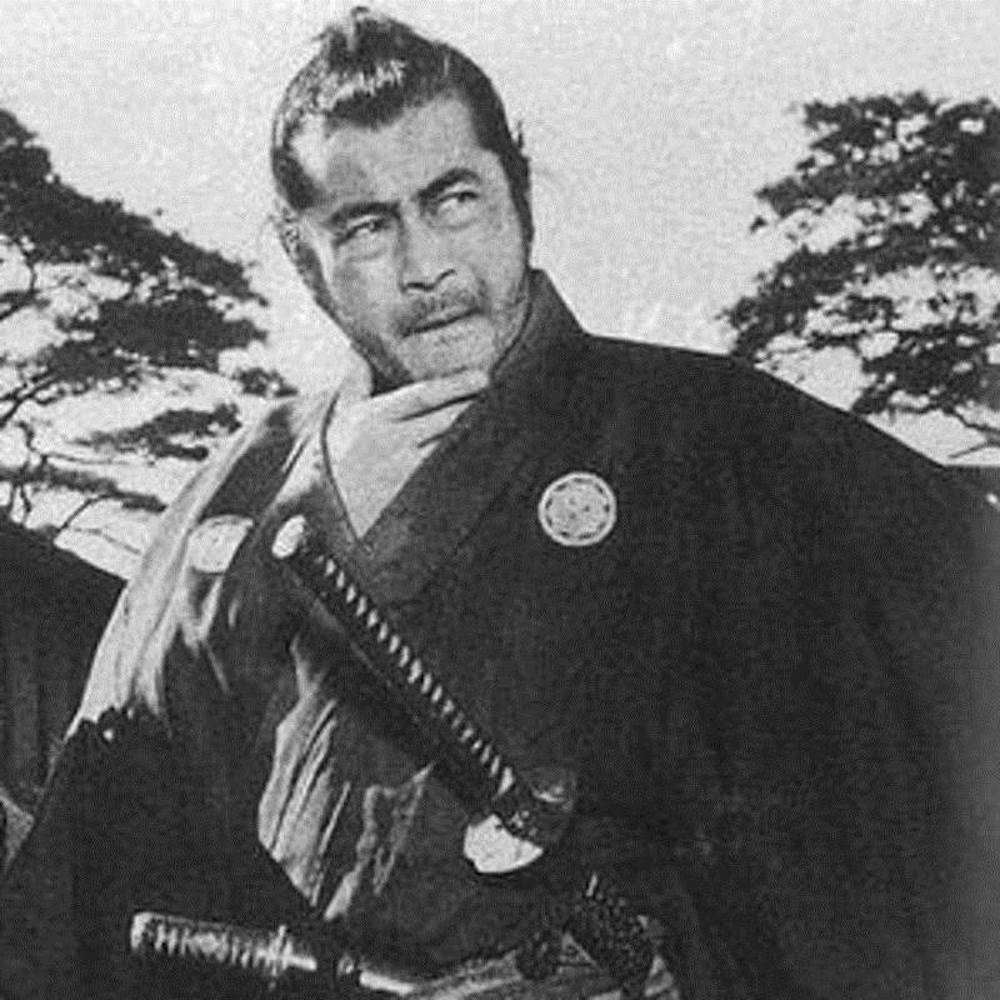Is there any genre more American than the Western? They take place almost exclusively in the American West, after all.
Westerns also examine themes that Americans have claimed exclusively for themselves (much to the chagrin of other nationalities, I imagine).
They usually focus on the exploration of a foreign land. Those living on the frontier are portrayed as industrious, honest, salt-of-the-earth people. Then throw in the occasional bandit and criminal because Americans also like to let loose now and then.
Despite the fact that the Western is essentially designed to be an exclusively American genre, filmmakers from other countries have taken a stab at it. In fact, some of the greatest Westerns ever made were created by non-Americans, usually from Italy or Japan.
Although foreign-born directors had long worked in Hollywood and directed Westerns, the first person to really extract the Western from its intended setting was Akira Kurosawa whose first Western was “Seven Samurai.”
The film is about a group of samurai who are hired by a poor village for hardly any compensation to defend it from bandits who will steal all of the crops.
The film has many parallels with Westerns. The samurai stand-in for noble gunslingers or old-West sheriffs, and the bandits are much like desperados who wreak havoc on unsuspecting Western towns.
The film was remade in America as “The Magnificent Seven,” a good movie that still fails to live up to its inspiration.
Kurosawa’s next great Western was “Yojimbo,” which is about a Samurai with no name who cleverly tricks feuding crime syndicates into killing one another off.
The film greatly influenced Sergio Leone, an Italian director. Working with international financing and shooting in Italy, Leone remade the earlier film shot-for-shot as “A Fistful of Dollars.” Like many of his films, it blends American actors (Clint Eastwood) with Europeans.
Leone would go on to use that character and similar men in “Once Upon a Time in the West” and “The Good, the Bad, and the Ugly.” Leone’s films were part of a new group of gritty and extremely violent Westerns, often eschewing the easy moralizing of earlier films.
In this changing global society, there is less of an appeal for films that present the greed and self-assuredness of American exploration. But somewhere in the world, a director is waiting to revolutionize the genre (again).
Once Upon a Time in Japan

Get stories like this in your inbox
Subscribe





